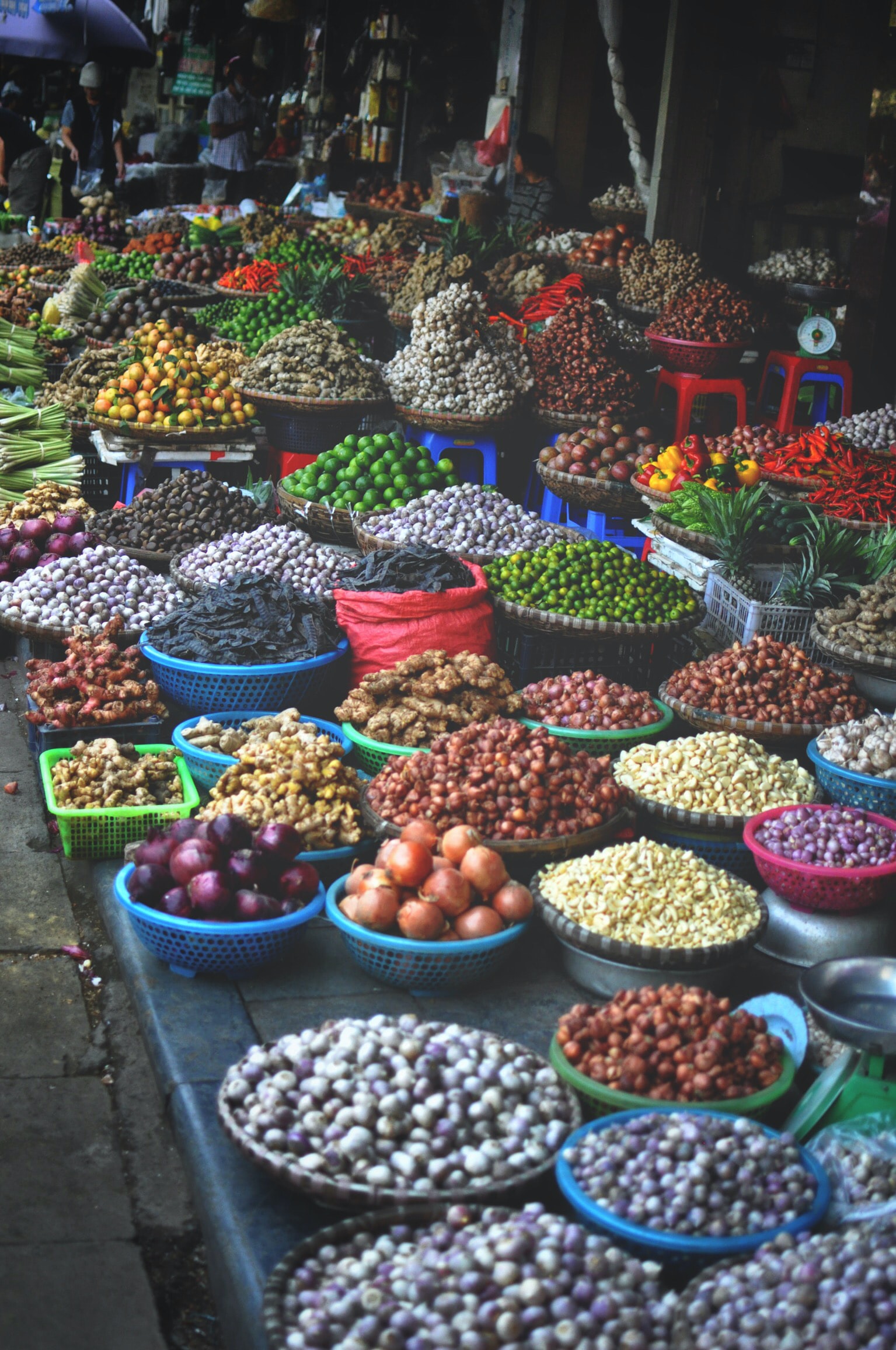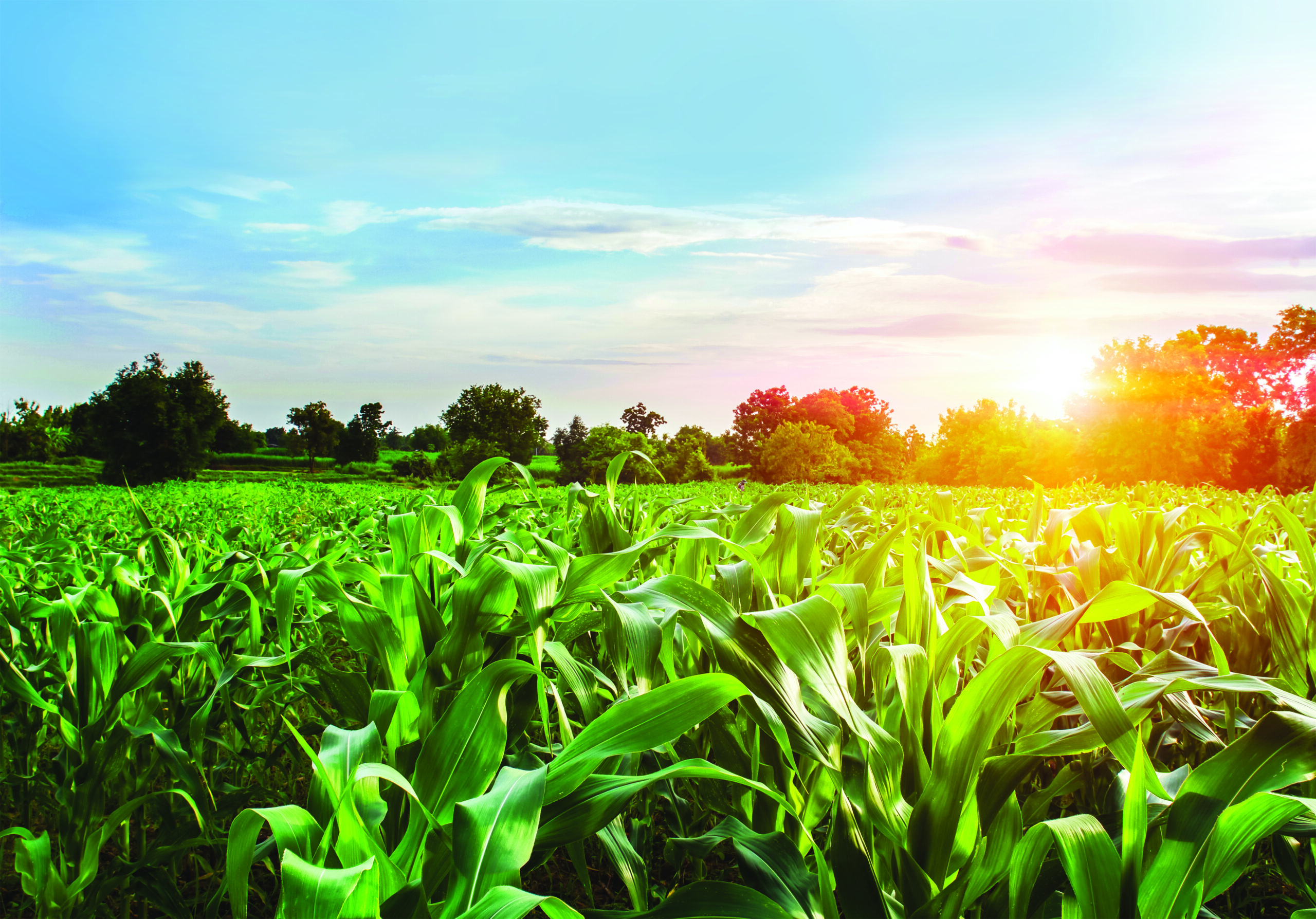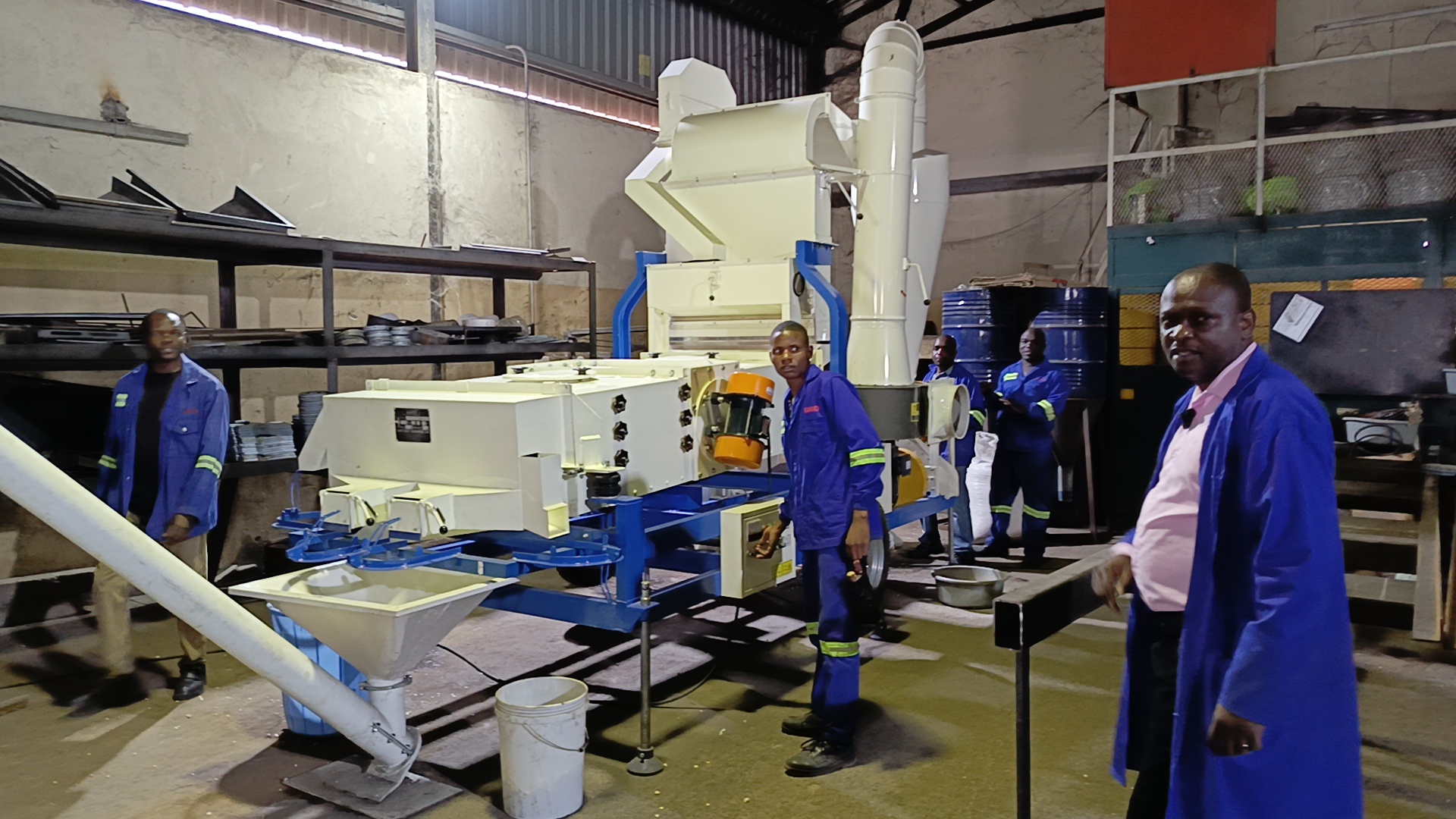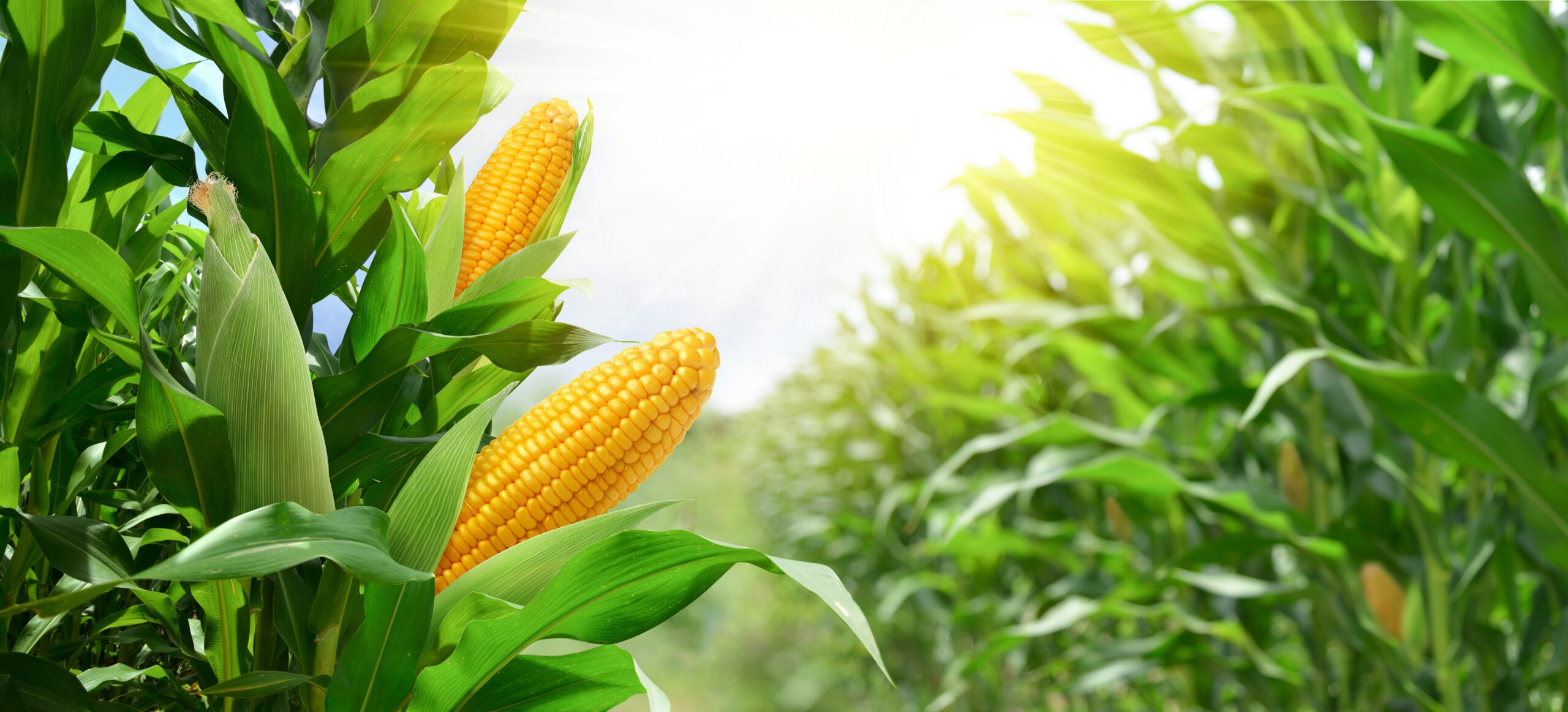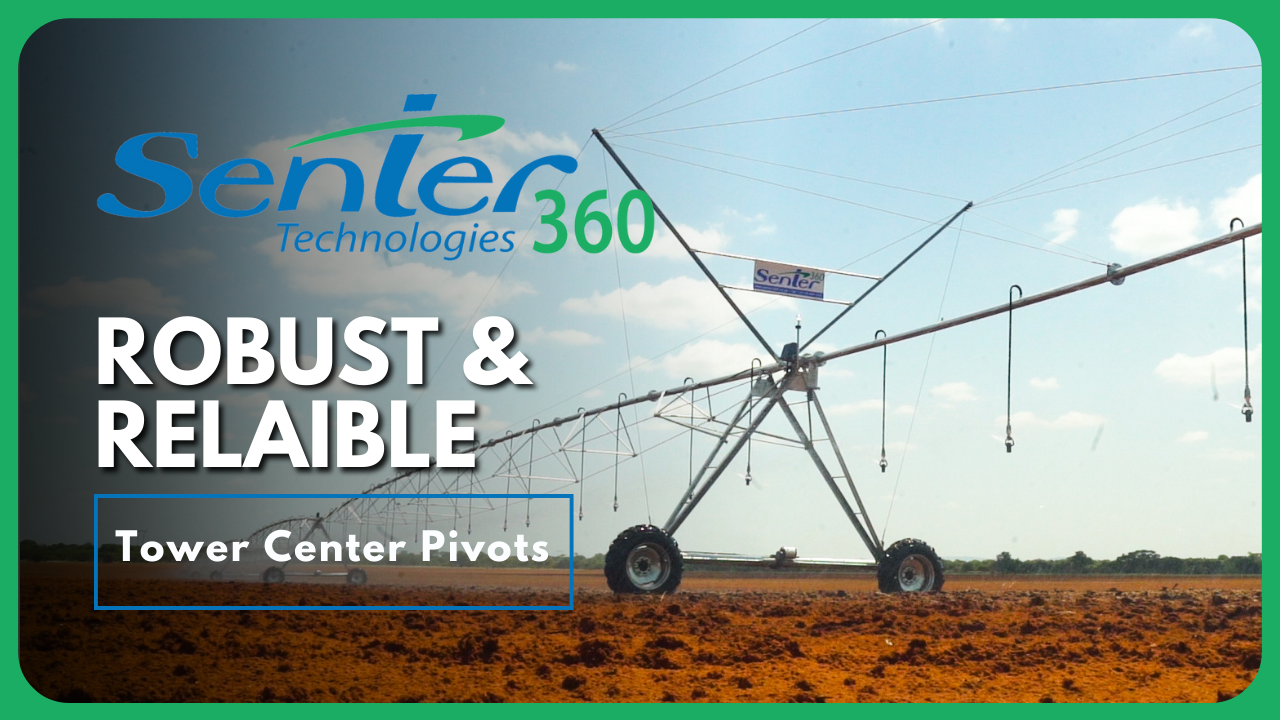Legumes are a staple in many developing countries. Besides being a valuable source of protein, it also enriches the soil in which it grows. In this series, we highlight traditional crops that can contribute to providing nutritional meals to people.
Marama bean (Tylosema esculentum)
The Marama bean is a native of the deserts of Southern Africa, where it thrives in poor soil and harsh conditions.
The plant produces seeds that are on par with peanuts and soya bean regarding nutritional value, while the high protein tuber below the earth is larger than sugar beans and more nutritious than yams or potatoes.
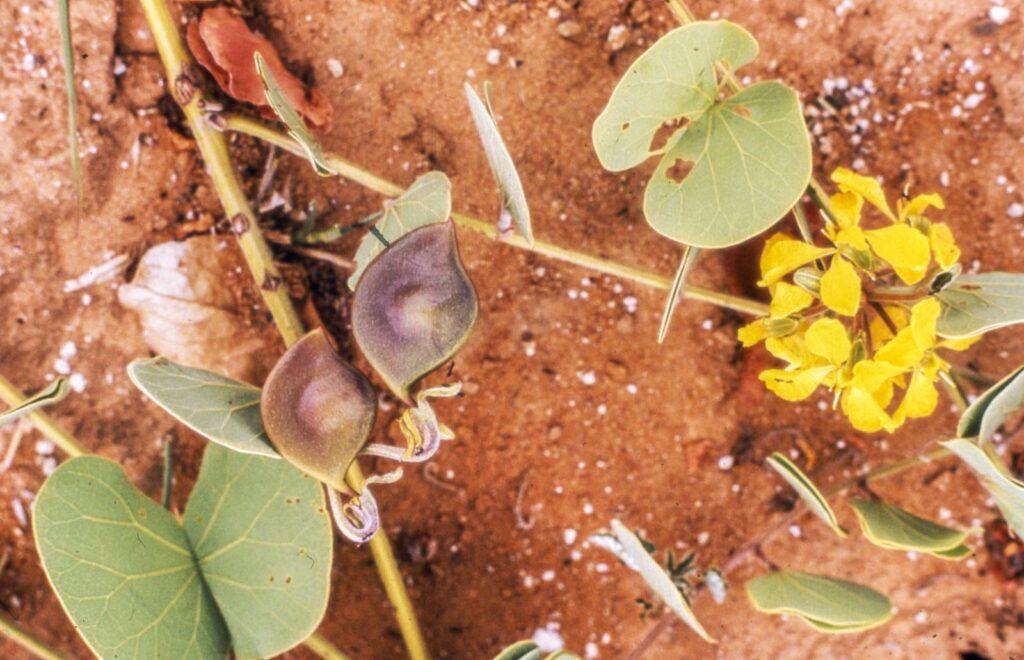
The marama bean is perfectly suited for drought conditions.
However, the plant has not been domesticated, and the valuable qualities are therefore not utilised. It has a long way to go before anyone can truly capitalise on its qualities.
Roasted seeds have a nutty flavour like coffee beans or cashew nuts. It is also used as a substitute for almonds in cooking. The seeds are boiled with maize meal, or ground into flour for making porridge or as a drink that tastes like coffee or cocoa.
The immature seeds and stems are used as a vegetable or in soup. Young tubers have a pleasant, sweet taste that has been described as similar to artichoke, and it is either baked, boiled or roasted.
Nutritional value
The seeds have a protein content of about 30%, much like the soybean, while the edible oil content is about 40%, much like the peanut.
Cultivation
The plant occurs at an elevation of up to 1 500 m. it grows best at annual daytime temperatures of between 22 and 30 °C but can tolerate 16 to 50 °C. It prefers a mean annual rainfall of 300 to 600 mm, but can tolerate as little as 150 mm and an abundant 1 600 mm.
The plant is extremely drought resistant and survives droughts by storing water in the tubers, which shrinks during dry years.
It grows best in a sunny spot in deep, loose, and sandy soil with a pH of 5,5 to 7, but it can tolerate 5 to 7,5.
Lablab bean (Lablab purpureus)
The lablab bean is a climbing vine belonging to the family Leguminosae.
The bean is popular in southern India, where the pods and seeds supply much of the daily protein intake. Although its origins lie in Africa, it is quite unknown on the continent at present. It could, however, provide valuable nutrients in the African diet.

The lablab bean (Lablab purpureus) is a climbing vine belonging to the family Leguminosae.
The leaves are either cooked like spinach or dried for future use. The flowers are eaten raw or cooked in soups or stews.
Young seedpods and immature seeds can be eaten raw or cooked as a green vegetable like French beans or in a vegetable curry.
The mature seeds are edible but must be properly cooked. It has a mild flavour, is rich in protein and is a valuable staple food.
The seeds can be prepared as tofu or be fermented into tempeh in the same way that soya beans are used in Japan. The seeds can also be sprouted and eaten raw like mung bean sprouts.
Nutritional value
The immature seedpod contains 3,2% protein, 0,8% fat, 5,4% carbohydrate, and it is rich in vitamin B1. The leaves contain up to 28% protein when dried.
Cultivation
The plant prefers well-drained soil that is rich in organic matter. It will tolerate fairly poor soil, as long as it is welldrained and with a pH of between 5,5 and 6.

Lablab seeds are a good source of protein.
It grows best in a warm, sheltered position at temperatures between 28 and 30 °C, but can tolerate a temperature of as low as 9 °C.
Some varieties are drought resistant. The plants grow quite fast, and young pods are ready to be harvested from 70 to 120 days after sowing.
Bambara bean (Vigna subterranean)
The bambara bean (Vigna subterranean) is a member of the family Fabaceae. This plant, also known as bambara groundnut or nut, originated in West-Africa.
It has been cultivated through the ages in tropical regions south of the Sahara and is grown in Eastern Africa, Madagascar, and parts of South and Central America.
The beans are dug from the ground like peanuts and are usually boiled, roasted or fried, ground into flour and used in many traditional dishes.
Nutritional value
At present the bambara groundnut is ignored and neglected, but the protein-rich, nutritional bean is a complete food with enough proteins, carbohydrates, and lipids to contribute greatly to the health of communities. The seed proteins contain more of the essential amino acid, methionine, than nearly all other beans.

The bambara bean grows underground like a peanut.
It produces a food of exceptional nutritional quality, so a little goes a long way toward building and maintaining a solid foundation of good health.
All in all, this tasty protein-rich bean promises to benefit the people most in need and hardest to reach through conventional development programmes.
Cultivation
The bambara groundnut thrives on any well-drained soil, but light, sandy loam with a pH of 5 to 6,5 is most suitable. The crop also does well on poor soil that is low in nutrients. An abundance of soil nitrogen favours vegetative growth of the crop.
In Zambia, it gives the best yields on ploughed fields and a level seedbed, but in high rainfall areas with wet conditions, it can be planted on ridges. It is cultivated both as a single crop or intercropped with maize, cowpeas, and melons.
In Tanzania the plant is grown in small, mono-crop patches in traditional farming systems along with millet, sorghum, maize, beetroot, and tuber crops, as well as other legumes.
In Zimbabwe, the nuts are usually grown in sandy soils either as a single crop or in a mixed stand with maize, cotton, or sorghum.

